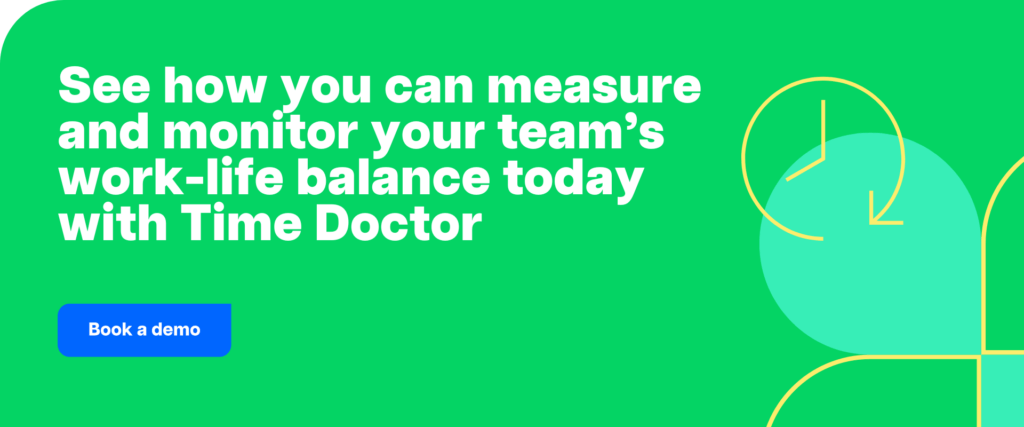In a time when employee well-being is frequently subordinated to productivity, office burnout has become a worldwide epidemic. This growing catastrophe is brought to light by Mercer, a premier HR consulting business, in their landmark 2024 Global Talent Trends research. The report contains startling numbers that highlight the pressing need to address this widespread problem.
82% of workers are in danger—it’s like a time bomb.
They found that 82% of workers are almost burned out. This is both shocking and sad. Not only do the people who are directly affected have to deal with big problems, but the whole system of foreign workplaces is also in danger. This is an immediate issue that needs a well-thought-out response; the threat is not far off.
Overload, tiredness, and financial stress
The research outlines the principal perpetrators of this pervasive ailment. Forty percent of employees report feeling completely exhausted, and about 43 percent list financial difficulty as a major source of stress. Furthermore, 37% said they are having trouble keeping up with their enormous workload.
These numbers provide a clear image of a labor force that is overworked and facing several challenges that endanger both their productivity and well-being.

An unheeded call to action: The disconnect between employer and employee
The poll reveals an alarming disparity in spite of the growing crisis. Less than half of businesses are creating work cultures that prioritize employee well-being, despite the fact that burnout is lowering engagement and productivity.
Moreover, fewer than one-third acknowledge the significant hazards associated with ignoring burnout. This disparity between perception and behavior should serve as a warning to companies everywhere.
The critical gap: Awareness vs. action
The mismatch between awareness and action is a major shortcoming in the way businesses handle employee well-being, not a little mistake. It’s a reflection of ingrained inertia in corporate cultures, where resistance to implementing new wellness programs or changing existing ones outweighs the overwhelming evidence that these actions are vital for improving employee health and, eventually, the organization’s overall health.
The imperative for a new direction
The information provided in the Global Talent Trends report is a reflection of the real-world experiences that employees all across the world have had, not merely a collection of numbers.
The data points to a workforce that is overworked and underutilized, where stress related to money, tiredness, and heavy workloads are typical occurrences rather than isolated incidents.
This is a call to action for businesses to reconsider how they see employee well-being—not as a checkbox to be fulfilled, but rather as an essential component of their overall business plan.

Strategies for closing the gap
Bringing awareness and action closer together necessitates a multimodal strategy. Companies need to do more than just acknowledge the issue; they need to have specific plans in place that deal with the underlying causes of stress and burnout at work. This comprises:
- Establishing a culture of well-being: Fostering a work atmosphere in which well-being programs are ingrained in the company’s mission and employee health is given top priority.
- Comprehensive support systems: Creating support networks that attend to mental and emotional health in addition to physical health is known as comprehensive support systems.
- Flexible work arrangements: Offering flexible work arrangements to workers can help them manage their work-life balance and lower their stress levels.
- Encourage open dialogue: In order to de-stigmatize mental health and burnout and make it simpler for workers to get treatment, open dialogue about these topics is important.
- Investment in employee development: Investing in the professional development of staff members helps to avoid stagnation and promotes engagement and a feeling of purpose.
The decision is apparent as we negotiate the intricacies of the contemporary workplace: either create a new route that puts employee welfare first, or keep going in the direction of widespread burnout and the degradation of organizational health. Now is the moment to take action.
Conclusion
The research on 2024 Global Talent Trends offers both an opportunity and a warning. It acts as a depressing reminder of what happens to people when productivity takes precedence over well-being. It also acts as a call to action for companies to reevaluate their approach to work design and give equal weight to well-being and productivity.
We are at a crossroads where the choices firms make now will define the type of workplaces that exist in the future. Will they rise to the occasion, or will burnout continue to fester unchecked? Now is the moment to decide and do something about it.


